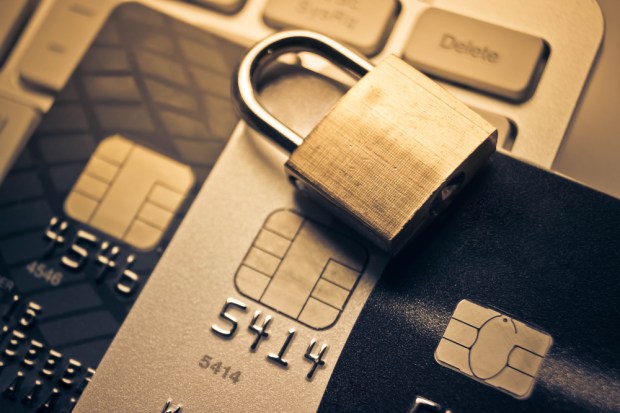How Vendors Can Lower The Cost (And Risks) Of Card Acceptance

With payment bigwigs like Visa, Mastercard and American Express pushing further into the B2B payments space, commercial card adoption is being driven by more than growth in the number of card products available. Innovators large and small are addressing some of the many friction points of paying suppliers with a commercial card, from a lack of vendor acceptance to inefficient reconciliation to cybersecurity risks.
These challenges are often intertwined: Suppliers will not broaden acceptance of commercial cards unless reconciliation and security capabilities are improved, for example. However, supplier acceptance is critical to the success of a company’s commercial card program, according to the NAPCP, its own research suggesting that commercial card adoption is, indeed, rising among B2B vendors.
For service providers pushing for commercial card adoption from corporate payers, convincing vendors to accept the payment solution needs a multi-layer approach. According to Cardknox Chief Technology Officer Yanky Weiss, tokenization of a card on file is important to a fully integrated commercial card program.
“It streamlines payments and ease of paying by card,” Weiss told PYMNTS in an interview. “The tokenization of that payment really streamlines payments in general — it becomes much more fluid.”
Vendors have opportunities they may not even be aware of in accepting commercial cards, though. The obvious benefits of card acceptance are factors like higher customer satisfaction and the ability to be paid more quickly without forcing a corporate client to let go of capital sooner.
In addition, while commercial cards can certainly enhance businesses on both sides of a transaction with digital data about a payment (for purposes of streamlined reconciliation or cash flow management), there is the opportunity for vendors to achieve higher-level processing that not only provides richer transaction data, but can lower interchange costs for the supplier — one of the largest issues vendors face when considering card acceptance. Card interchange rates vary based on whether the transaction is a card-present or card-not-present (CNP) transaction. However, achieving Level Two or Level Three processing means a vendor can see lower interchange rates as a result of its ability to process more detailed line-item data.
“Level Two and Level Three data primarily help with card-not-present transactions,” a CardFellow report noted last July, explaining that such additional data includes information on freight or shipping costs, discounts, product codes, tax amounts and indicators, customer cards, tax IDs and more.
This is one way that commercial card adoption may save a business money.
“The use of commercial cards is expensive — but, if done right, they’re actually cheaper,” Weiss said.
Those cost benefits can result from lower interchange fees or the reduced cost of processing a card payment, compared to paper checks. Furthermore, tokenization of card details, particularly when vendors store the information, can be more secure and, consequently, cheaper (in the form of avoiding an expensive cybersecurity incident).
Financial services providers are indeed turning their attention to card-not-present fraud, a rising threat in B2B payments as commercial card adoption grows. Earlier this month, PNC Bank announced it was testing its CNP fraud solution for commercial card products, deploying dynamic CVV2 technology in partnership with Visa, TSYS and IDEMIA. According to PNC Treasury Management Executive Vice President and Head of Product Management J. Christopher Ward, the technology aims to build on top of the progress that EMV chip technology made in combating card-present fraud.
With businesses often resorting to relaying their commercial card details to vendors over the phone or via email, the exposure to fraud risk remains significant. Vendors that store card details for repeated purchases from their customers similarly face the risks of data breaches. Weiss emphasized the role of tokenization in addressing this issue, but other tactics can include two-factor authentication on commercial card purchases. Citi, for example, deploys both email and SMS or voice alerts to commercial card payers to confirm the legitimacy of a purchase.
The challenges of commercial card adoption, including security and integration, remain significant. Yet, companies are understanding the opportunities, too. A report published last month by Aite Group found 89 percent of small businesses either somewhat or strongly agree that the demand for commercial cards is on the rise.
According to NAPCP data, “fees are too high” remains the most common reason why a vendor chooses not to accept a card. This suggests the need for greater awareness of the financial benefits of cards as it relates to streamlined processing, access to data, stronger cash flow, protection against cyberattacks and the possibility to lower fees through enhanced processing.
Weiss told PYMNTS that he, too, has seen customers reporting the benefits of commercial cards — for instance, streamlined reconciliation and improved cash flow — as a result of card acceptance. Adoption, he added, is expected to continue climbing.
“We definitely see, from multiple sources that we talk to, that there is a big trend to moving to commercial cards,” he said.